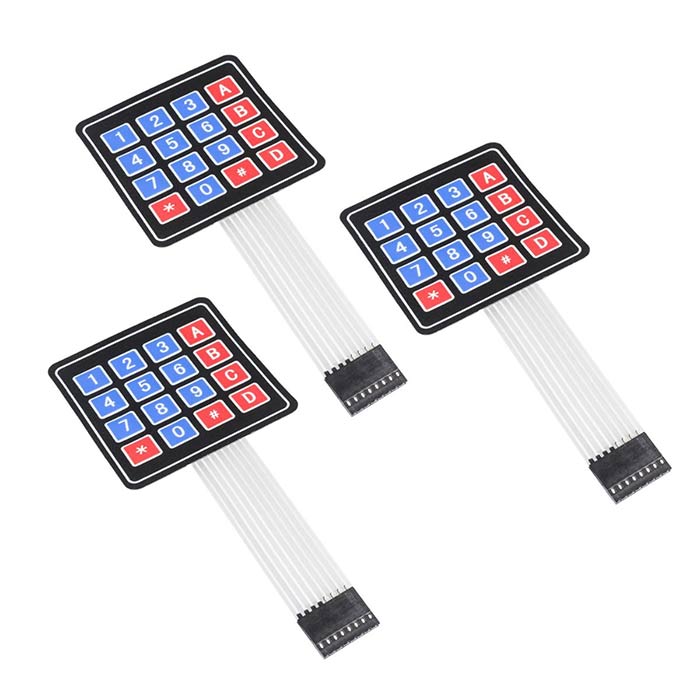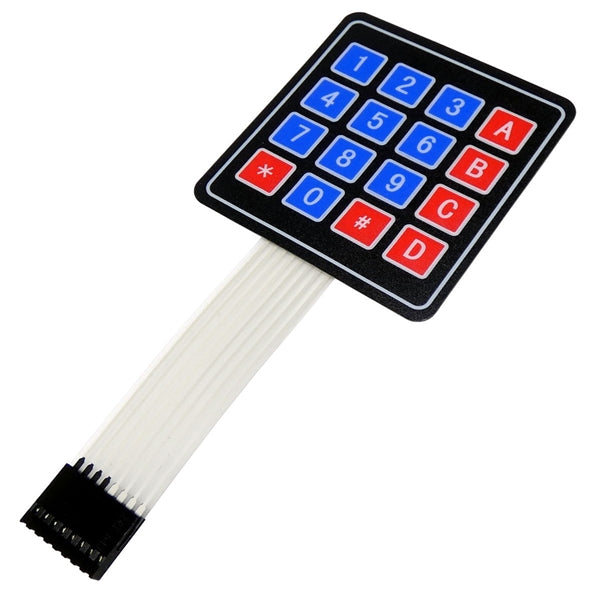Membrane Change Technology: The Key to Reputable and Economical User Interfaces
Membrane layer switch innovation has become a crucial part in the design of interface, giving both integrity and cost-effectiveness throughout a varied array of applications. Its robust building and construction makes sure resistance to environmental obstacles, while the adaptability in style permits for tailored remedies that satisfy particular industry demands. As we check out the multifaceted benefits of membrane switches, their possibility for technology increases questions about future applications and developing fads. What does the following chapter hold for this modern technology in a progressively digital landscape?
Understanding Membrane Layer Change Technology
Membrane switch technology is a widely utilized user interface solution in numerous electronic gadgets, using a smooth mix of functionality and design. This technology includes several layers of materials, generally including a graphic overlay, spacer layer, and a circuit layer. The graphic overlay displays the user interface components, while the spacer layer separates the circuit layer from the overlay till an individual triggers a switch.
When stress is put on the overlay, the circuit layer finishes the electric circuit, sending a signal to the gadget. This system enables different arrangements, consisting of responsive comments and backlighting alternatives, enhancing customer interaction. Membrane layer switches are typically produced using durable materials such as polyester or polycarbonate, making sure long life and resistance to environmental variables like moisture and dirt.
The adaptability of membrane layer switches over allows their application in varied industries, consisting of clinical tools, consumer electronics, and industrial controls. Their compact design enables integration right into space-constrained environments, providing a reliable interface without jeopardizing visual allure. Comprehending the complexities of membrane layer switch technology is vital for makers and designers seeking to produce reliable and reliable human-machine user interfaces.
Trick Benefits of Membrane Layer Buttons
While different interface solutions exist, membrane switches over deal distinctive advantages that make them a recommended selection in numerous applications. Among the primary benefits is their resilience; membrane layer switches are developed to hold up against rough environmental conditions, consisting of dampness, dirt, and temperature variations, making sure resilient efficiency. This durability significantly minimizes the need for constant substitutes, thus reducing total maintenance prices.

Additionally, membrane switches are lightweight and portable, making them suitable for applications where space is limited. Their inconspicuous design adds to a sleek appearance without endangering capability.
Cost-effectiveness is additionally a remarkable benefit, as the production procedure for membrane layer changes tends to be less costly compared to standard mechanical switches. This cost, combined with their integrity and simplicity of installation, settings membrane layer switches as a useful service for a variety of sectors seeking efficient and reliable interface.
Applications Throughout Various Industries
Exactly how do membrane layer switches adapt to the varied requirements of numerous sectors? Membrane layer switch modern technology is significantly acknowledged for its convenience, making it ideal for a large array of applications across numerous fields.
In consumer electronics, membrane buttons supply a compact option for remote controls and home appliances, boosting individual experience with instinctive layout. Furthermore, the commercial industry leverages find out this here membrane layer switches for machinery control board, taking advantage of their resistance to extreme settings, such as wetness and dirt.
Military and aerospace applications also make use of membrane switches for their integrity and ability to stand up to extreme conditions, ensuring functional efficiency in essential scenarios. The food and drink sector adopts these buttons for automated systems, where sanitation and convenience of procedure are vital (membrane switch). Inevitably, membrane layer switches are customized to fulfill the one-of-a-kind needs of each More hints sector, confirming their vital role in contemporary innovation user interfaces
Design and Personalization Choices

In the world of membrane button innovation, layout and customization options play a crucial role in boosting capability and individual interaction. These switches can be customized to fulfill certain operational needs and visual preferences, making them flexible parts in various applications.
One of the primary personalization alternatives is the format of the button itself, which can be created to suit unique interface and ergonomic factors to consider. By adjusting the form, dimension, and arrangement of switches, suppliers can produce instinctive designs that promote convenience of usage. Furthermore, the consolidation of various colors and visuals overlays permits branding and improved visibility, making sure that customers can swiftly recognize features.
Moreover, membrane switches can be engineered with various responsive comments devices, such as increased buttons or distinct clicks, to boost the user experience. Various products can also be picked for sturdiness and environmental resistance, dealing with variables such as moisture, temperature level changes, and chemical exposure.
Ultimately, the substantial layout and modification options available in membrane layer switch technology encourage services to develop tailored services that not only satisfy functional demands yet also straighten with their branding and operational requirements.

Future Fads in Membrane Layer Buttons
As membrane button modern technology remains to evolve, future fads are click here to read progressively focused on improving individual experience and integrating advanced performances. One significant trend is the combination of touch-sensitive and capacitive modern technologies into standard membrane buttons. This advancement permits more instinctive individual interfaces, giving responsive responses while preserving a streamlined design.
An additional emerging pattern is making use of environmentally pleasant products, driven by the expanding need for lasting production methods. Suppliers are seeking to decrease their carbon impact by utilizing recyclable substrates and low-impact inks, aligning with international sustainability goals.
Additionally, the rise of the Web of Things (IoT) is prompting the unification of wise features right into membrane layer switches. Boosted connectivity choices will certainly enable gadgets to interact with each other, permitting smooth integration into more comprehensive systems.
Additionally, developments in printing technologies, such as digital printing, are enabling for better style adaptability and personalization. This allows producers to create elaborate designs and dynamic colors cost-effectively.

Final Thought
In conclusion, membrane layer switch modern technology stands for an important innovation in customer interface design, providing substantial benefits in sturdiness, modification, and cost-effectiveness. As improvements continue to emerge, especially in touch-sensitive interfaces and lasting products, the potential for membrane layer changes to boost user experience and functionality stays promising.